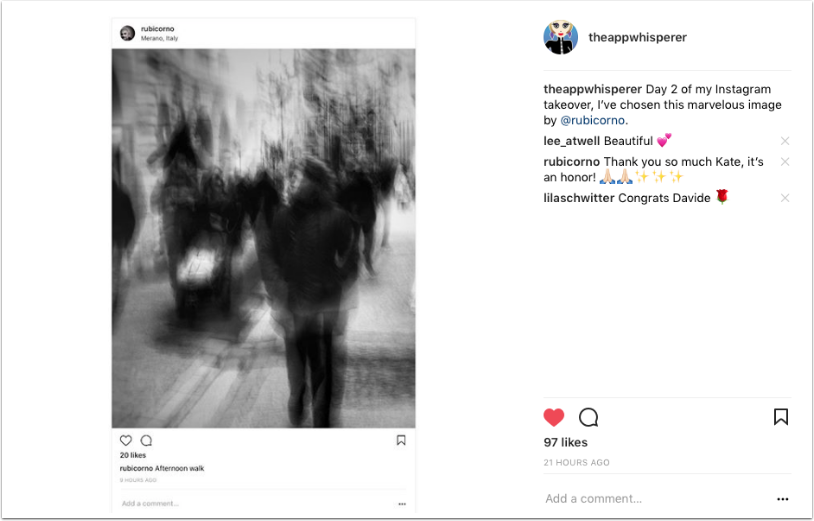The Psychology of Imagery in Marketing
We all know companies use images to sell us products; but most of us don’t know the psychological reasons behind it.
You’ve probably heard of subliminal marketing, which was widely used by big brands in the 1950s, whereby companies inserted subtle imagery into advertisements in a bid to sell more. While that doesn’t sound bad in itself, a lot of brands came under fire for planting images not associated with their products, in order to make them more appealing to a wider audience.
Ultimately banned in 1958, subliminal advertising paved the way for the discreet, ingenious marketing companies use today. So let’s take a look at 3 major psychological techniques brands use to catch and keep our attention through imagery:
- a picture paints a thousand words
While it might sound a little cliché, this expression perfectly sums up the power of an image. The right photo or infographic can convey in an instant a business’ product or brand, while enticing its audience to seek out more information about the product or company.
Car brands are masters at portraying their products as something you need in your life, if you want to be successful, wealthy and, surprisingly, more attractive. Just think of the last billboard you saw; it was probably of a 4×4, a handsome man leaning on its sleek black chassis, against the backdrop of an incredible snow-capped mountain. This one image plants in the consumer’s head that, if they too want to be handsome and climb Everest on weekends, they simply must have this car.
Aspirational branding is nothing new, but by suggesting products that make us think we could be “better” versions of ourselves, brands have us craving products usually off our radar. The other incredible advantage of this type of advertising is the customer loyalty it generates. Once you’ve been inducted into the Apple family, for instance, other tech companies will find you a very difficult customer to sway.
- the right logo
Imagine the following brands: McDonald’s, Apple, Shell, Starbucks. You don’t even need to see their name and you know exactly what they do and what they’re selling.
These companies have spent billions to ingrain their logos on our psyche. Take McDonald’s for example; every burger, every bag of fries, even every drink has got that golden M stamped on it. You’re not aware, and you won’t even notice it, but every time you buy a product from the world’s biggest burger franchise, your brain is being bombarded with McDonald’s imagery.
- the power of colours
The psychology of colours and how they affect our moods have been studied for years. It’s well known that certain colours and hues can influence how we feel when we look at an image, and advertising companies use this knowledge every day to promote their products to us.
Red, for example, creates a sense of urgency and stimulates our brains, which in turn raises blood pressure and increases heart rate. These characteristics are perfect for promoting things like January sales, lingerie brands and online casinos. Big red banners in shop windows shouting about 50% off for a limited time only, sexy lace lingerie to get your partner “in the mood” and the spinning of a roulette table; red and black flashing concurrently.
Online slot machines have become particularly popular, with their luminous flashing lights sparking every colour in the spectrum in front of our eyes. Even with sites like Gamstop, which are trying to quell the surge in online gambling, it’s still easy to find many online slots not on Gamstop. Our thirst for pulse-racing, thrill-inducing gaming and gambling shows no signs of slowing, and colour psychology has no small role to play in this trend.





One Comment
Pingback: